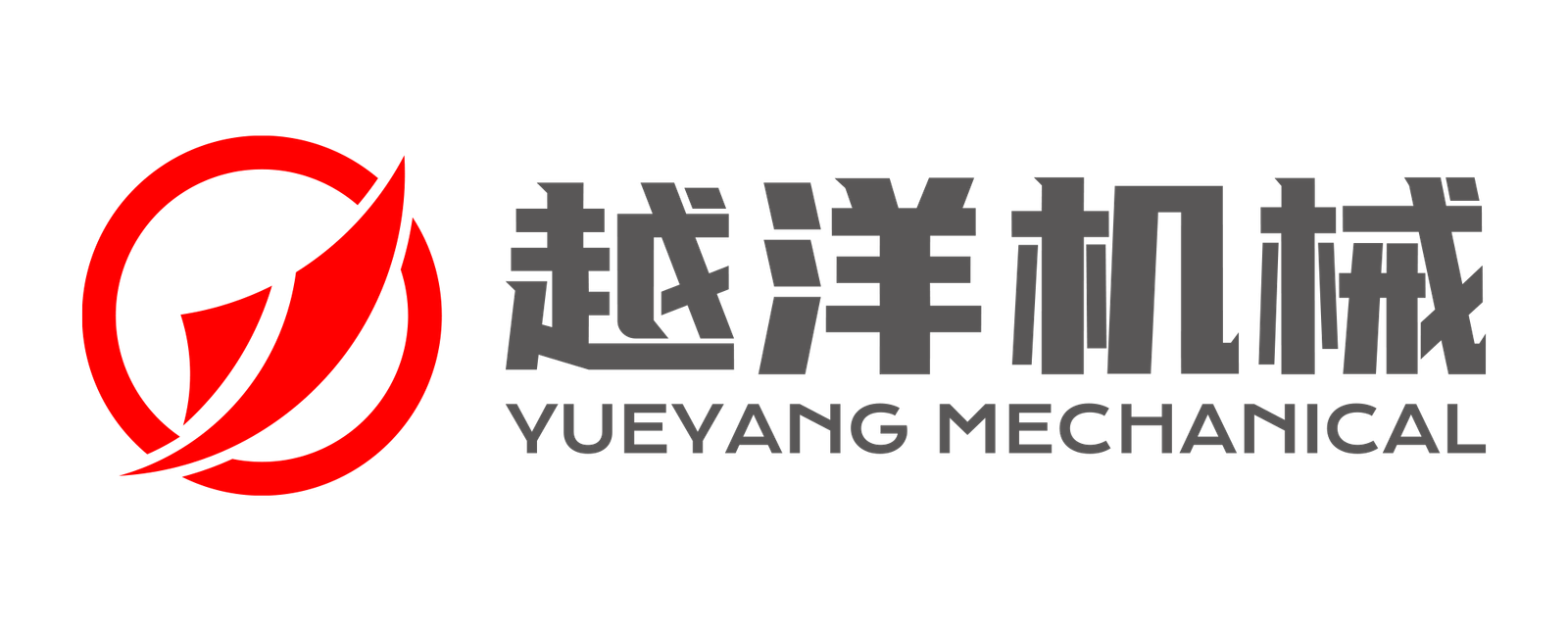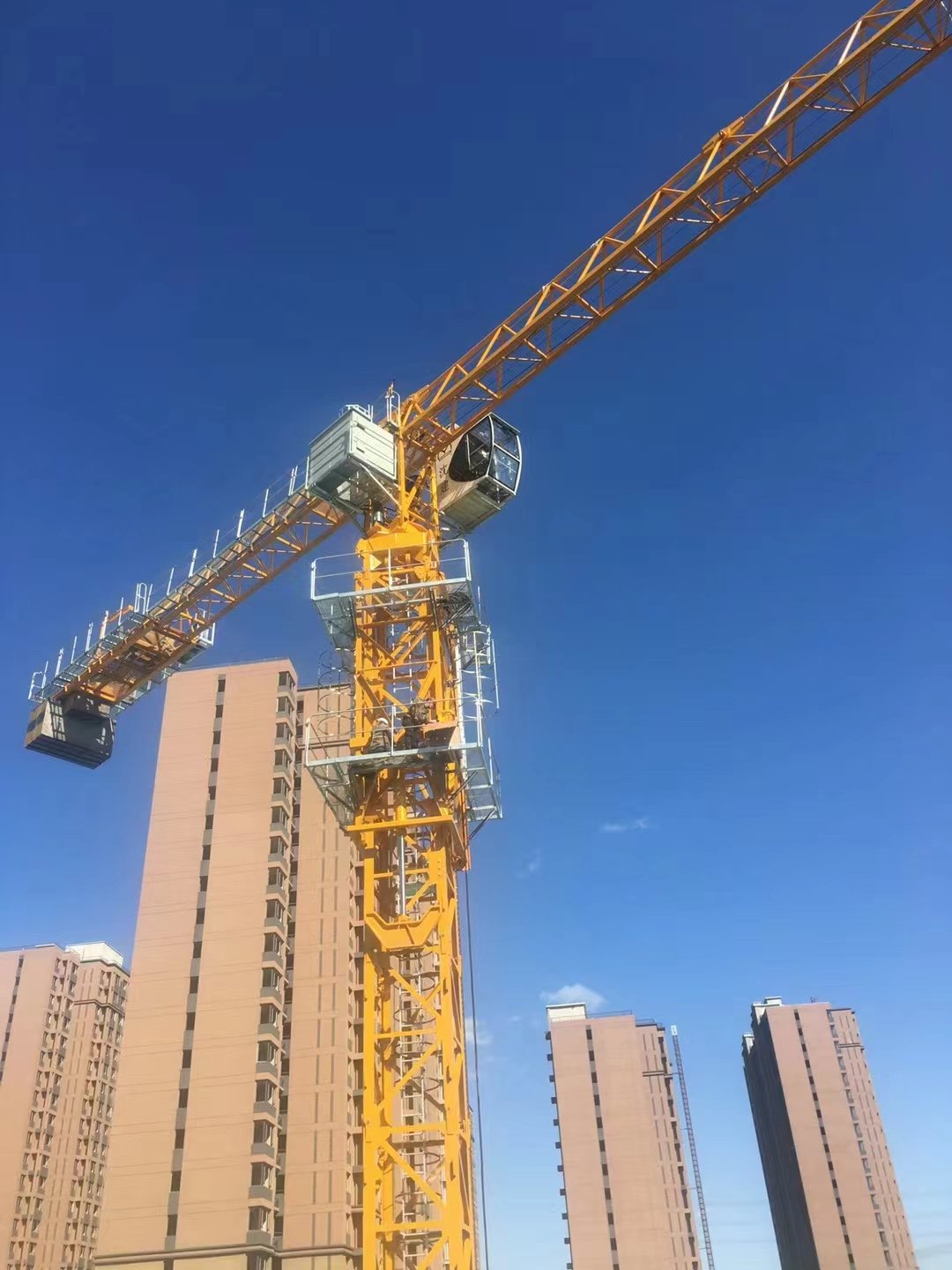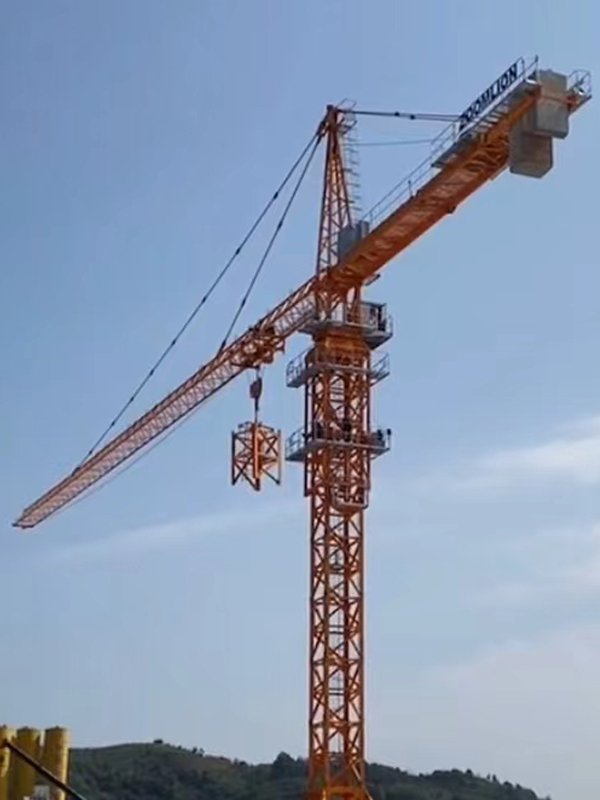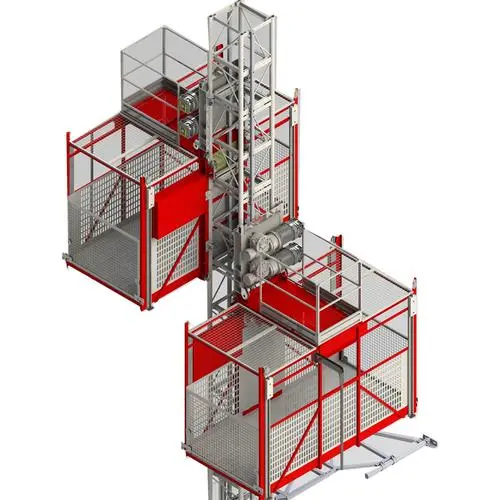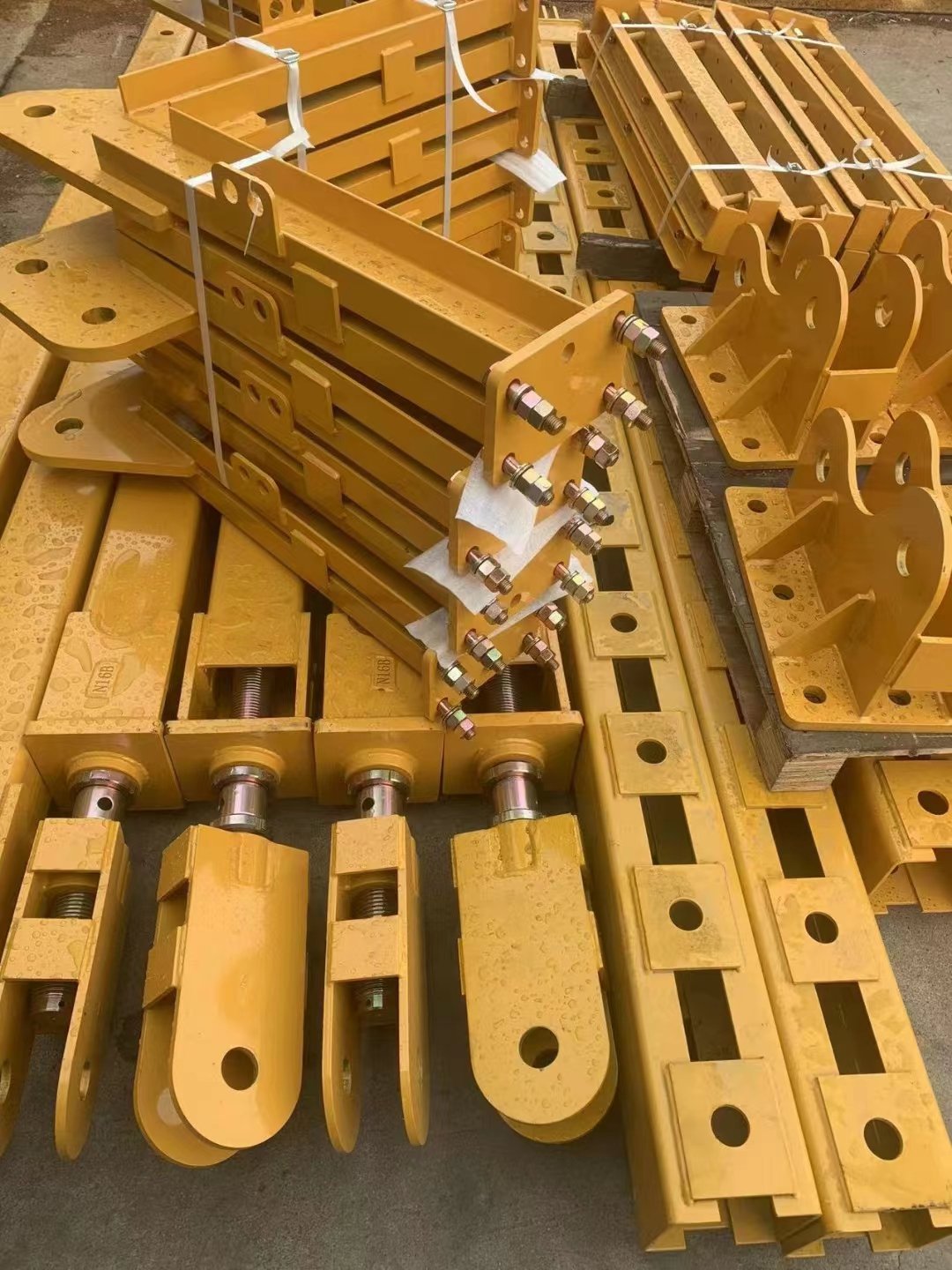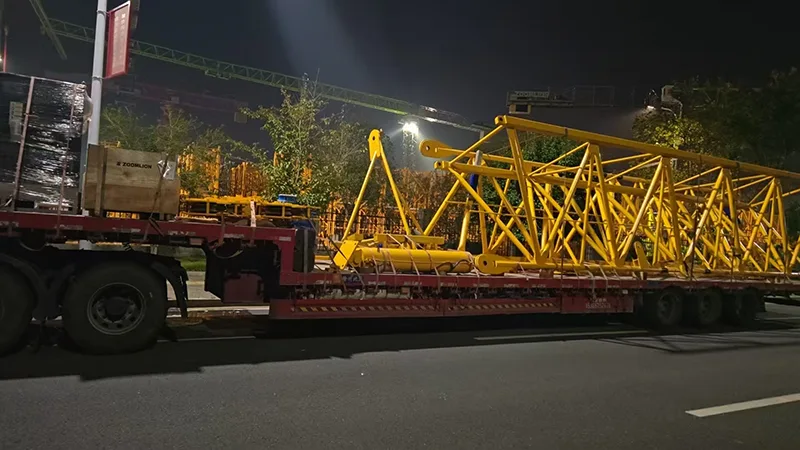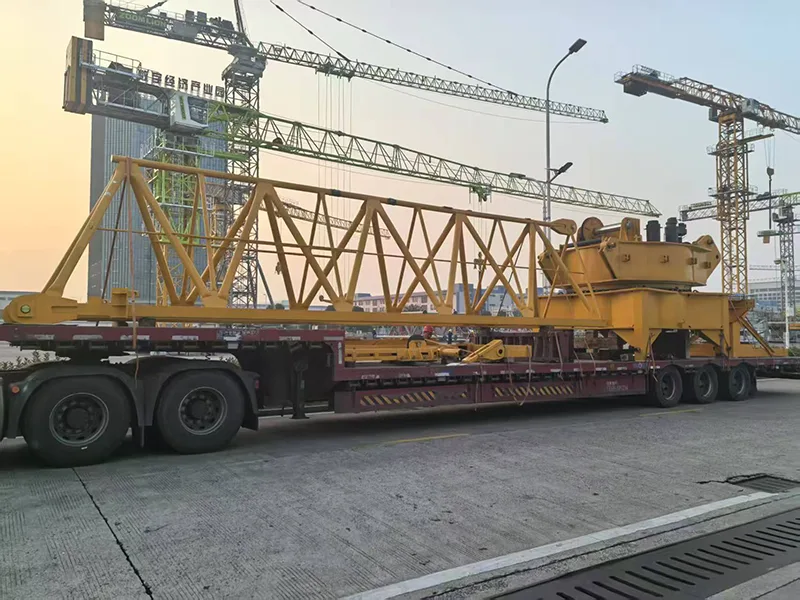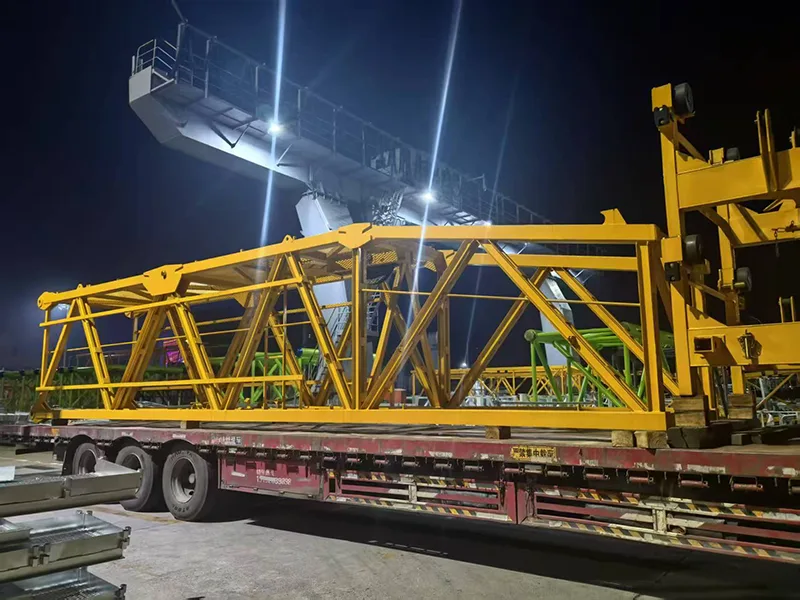Bagian Standar Tower Crane: Panduan Lengkap
Berapa ukuran bagian derek menara?
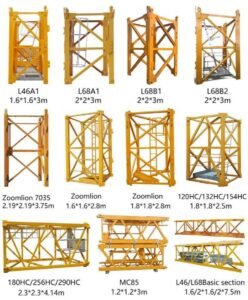
Pengenalan Bagian-Bagian Tower Crane
Bagian-bagian tower crane adalah blok-blok bangunan yang mengangkat crane ke ketinggian yang menjulang tinggi. Komponen-komponen modular ini terhubung secara vertikal, sehingga memberikan crane ketinggian dan kekuatan struktural yang khas. Bagian standar 1,6×1,6×2,8 meter adalah salah satu dimensi yang paling banyak digunakan dalam industri menara derek.
Dimensi Dijelaskan: 1,6×1,6×2,8 Meter
Ukuran bagian ini menunjukkan alas persegi 1,6 meter kali 1,6 meter dan sebuah panjang vertikal 2,8 meterMengapa ukuran ini? Karena menawarkan perpaduan sempurna antara kekuatan struktural, desain modular, Dan kemudahan transportasiKetinggiannya (2,8 meter) memungkinkan crane didirikan dengan cepat dalam segmen yang mudah diatur, sementara tapaknya (1,6×1,6) mendukung stabilitas.
Bahan dan Manufaktur
Berkualitas tinggi Baja struktural Q345B atau Q235B biasanya digunakan untuk bagian-bagian ini, memastikan ketahanan yang kuat. Baja mengalami proses yang tepat Pemotongan CNC, pengelasan robotik, Dan peledakan tembakanSetelah itu, sebuah pelapis bubuk atau primer anti karat diterapkan untuk mencegah korosi, terutama selama pengiriman luar negeri.
Desain dan Struktur
Sebuah klasik bingkai kisi segitiga mendominasi desain bagian tersebut, mengurangi berat sambil memaksimalkan daya dukung. Setiap sambungan dilas dengan hati-hati, dan pelat flensa dengan lubang baut atau selongsong pin memudahkan penyambungan satu bagian ke bagian lainnya.
Daya Tahan dan Integritas Struktural
Desain 1.6×1.6×2.8 dinilai mampu menangani beban tinggi beban vertikal, seringkali melebihi beberapa ton. Dikombinasikan dengan baut tiang atau pin, tiang ini tetap aman bahkan dalam kondisi kerja yang berat. Strukturnya juga direkayasa untuk mengurangi osilasi dan goyangan, yang sangat penting selama operasi pengangkatan berat saat angin kencang.
Kompatibilitas dengan Model Tower Crane
Ukuran ini biasanya digunakan pada model dari produsen seperti Kentang, Zoomlion, Dan YongmaoBanyak crane modern dirancang untuk menerima beberapa ukuran bagian, dan Ukuran 1,6×1,6×2,8 Bagian ini sering dianggap sebagai cocok untuk semua kalangan dalam seri derek tertentu.
Transportasi dan Logistik
Setiap bagian berukuran 2,8 meter sangat pas kontainer standar 40HQ, dengan 12–14 unit biasanya muat per kontainer. Bagian-bagian biasanya ditumpuk dengan spacer karet dan diikat erat. Eksportir sering menyediakan rangka kayu atau baja untuk perlindungan tambahan.
Keamanan dan Kepatuhan
Produsen terkemuka memastikan kepatuhan terhadap Standar ISO 9001, ID ISO 3834, Dan tanda CEBagian-bagiannya adalah diuji untuk stres, kekuatan tarik, Dan integritas las sebelum pengiriman. Pembeli harus selalu meminta Sertifikat Uji Pabrik (MTC) dan opsi pemeriksaan pihak ketiga.
Pemeliharaan dan Siklus Hidup
Bagian-bagian ini, dengan perawatan yang tepat, dapat bertahan lama 10–15 tahunPemeliharaan rutin meliputi pemeriksaan flensa, lubang baut, Dan garis las untuk mengatasi kelelahan. Menerapkan lapisan baru cat anti karat setiap beberapa tahun memastikan umur panjang.
Mengapa Memilih Ukuran 1.6×1.6×2.8?
Ini adalah titik yang tepat. Mudah dikirim, mudah dirakit, dan kompatibel dengan sebagian besar basis derek. Jika Anda memiliki tenggat waktu yang ketat atau sering mengganti bagian, Ukuran 1,6×1,6×2,8 adalah sesuatu yang tidak perlu dipikirkan lagi.
Kesimpulan
Itu Bagian derek menara 1,6×1,6×2,8 merupakan pilihan yang dapat diandalkan, efisien, dan kompatibel secara luas untuk setiap kontraktor atau perusahaan konstruksi yang serius. Perpaduan sempurna antara daya tahan, kemudahan penanganan, dan kompatibilitas global menjadikannya pilihan utama di situs kerja di seluruh dunia.
Tanya Jawab Umum
Berapa ukuran bagian derek menara?
1. Berapa berat bagian menara berukuran 1,6×1,6×2,8?
Biasanya beratnya antara 800–1.200 kg, tergantung pada mutu baja dan ketebalan desain.
2. Bisakah saya menggunakannya dengan tower crane bekas?
Ya, asalkan sambungan flens dan pin cocok. Selalu konfirmasikan kompatibilitas dengan pemasok derek.
3. Bagaimana memastikannya memenuhi standar internasional?
Minta sertifikat MTC, laporan inspeksi pihak ketiga, dan pastikan pemasok mematuhi Bahasa Indonesia: ISO/EN standar.
4. Apakah cocok untuk daerah rawan topan?
Ya, tetapi pastikan bagian tersebut diperkuat dan seluruh menara derek ditambatkan sesuai dengan peraturan bangunan setempat.
5. Berapa lama waktu yang dibutuhkan untuk pengiriman?
Pengangkutan laut ke sebagian besar wilayah berkisar antara 45–90 hari.
![]()





